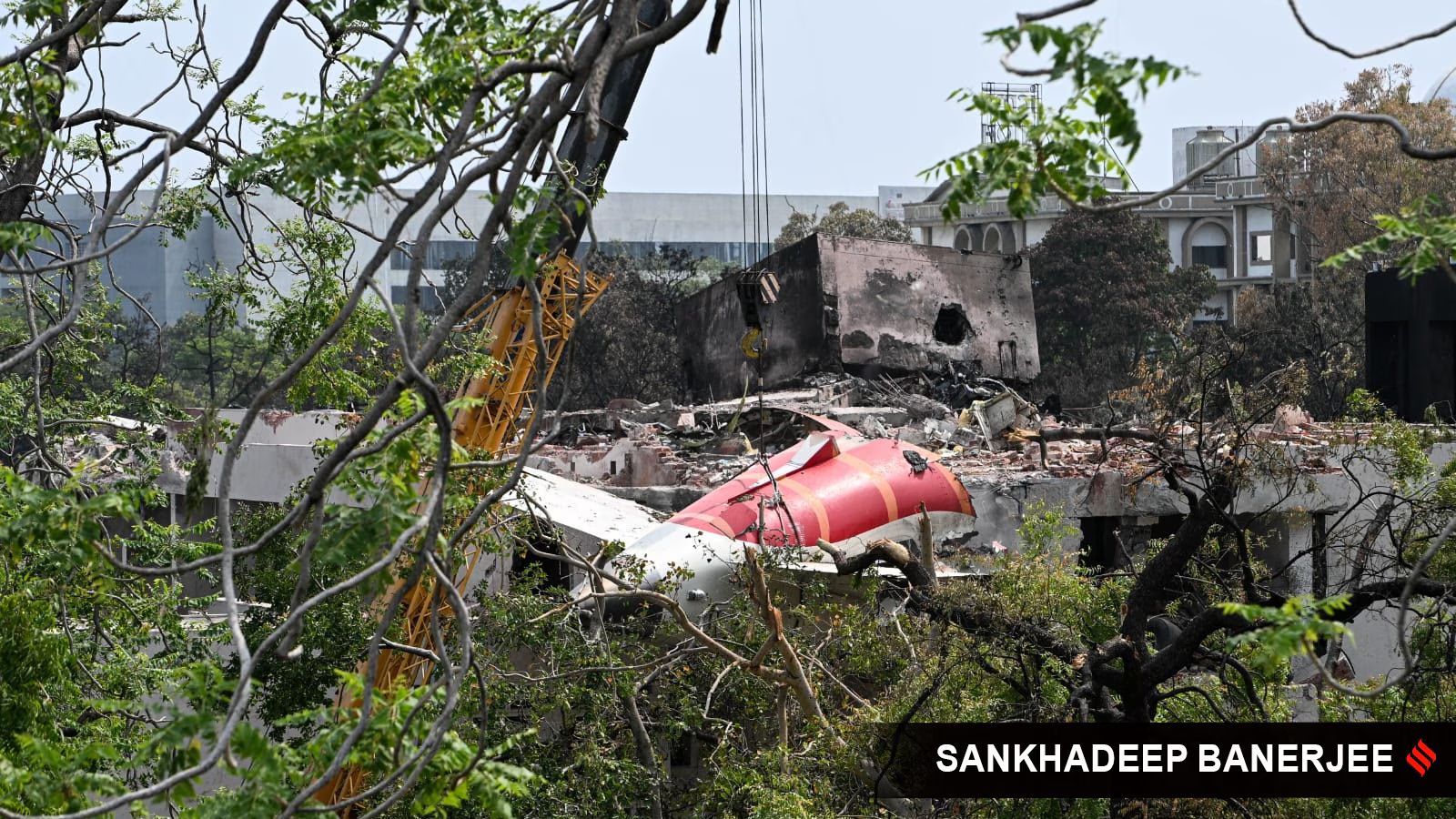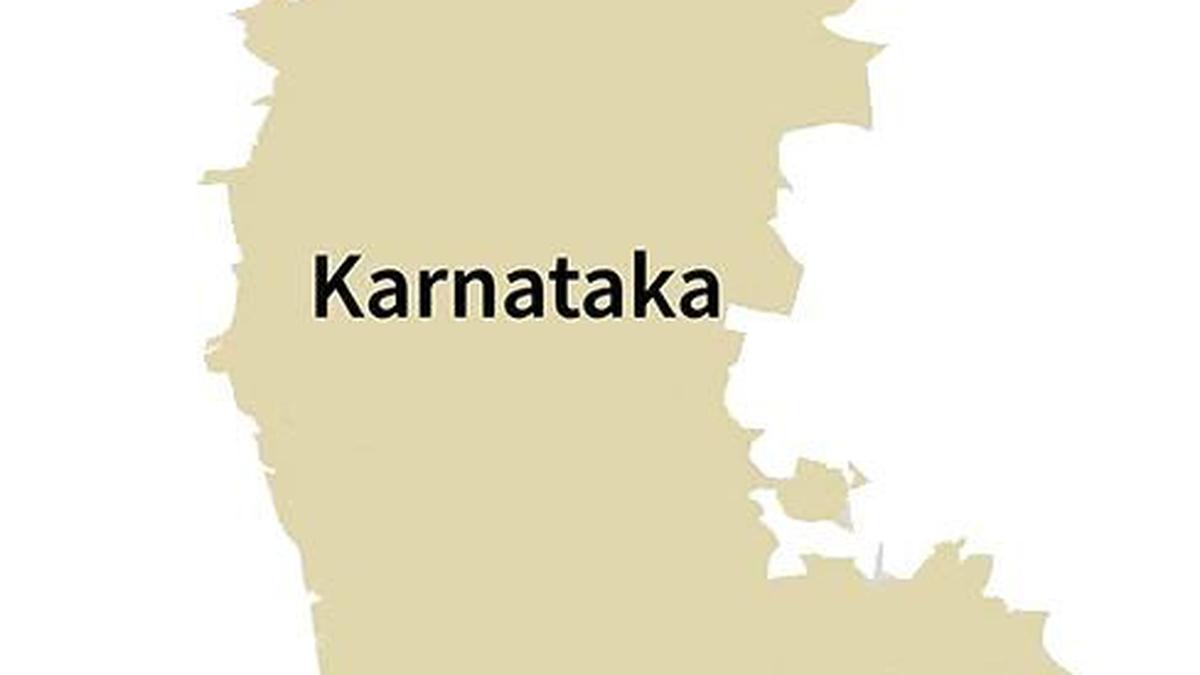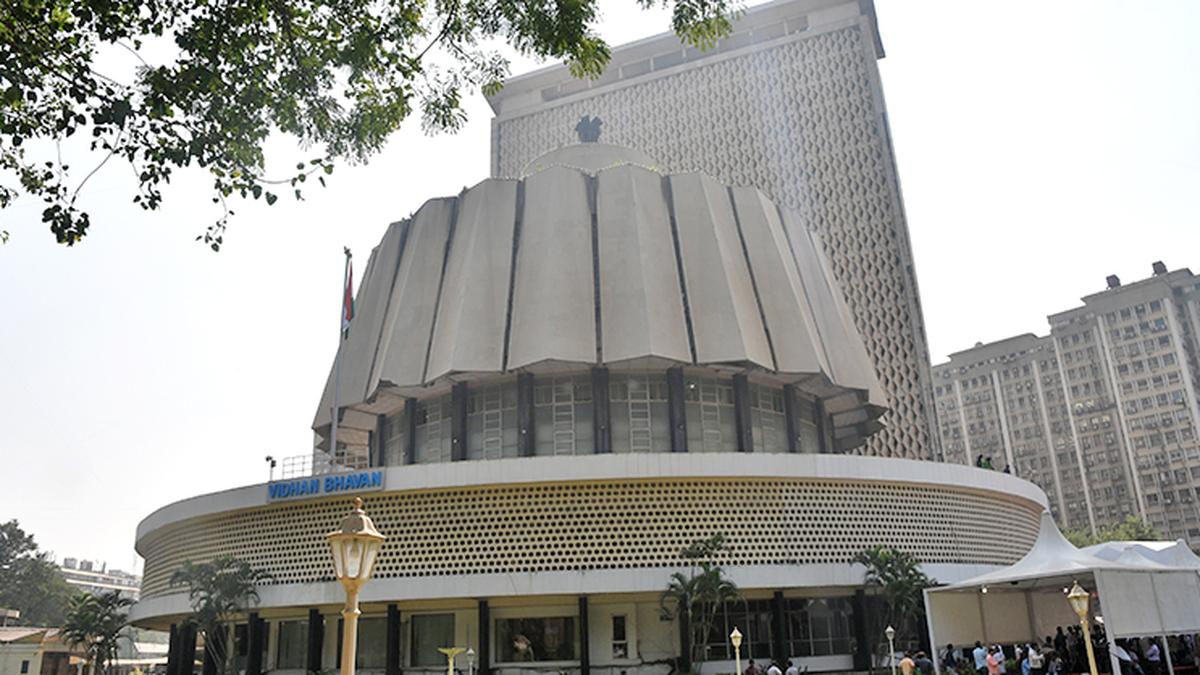PROTECT YOUR DNA WITH QUANTUM TECHNOLOGY
Orgo-Life the new way to the future Advertising by AdpathwayThe Nanabawa family of Surat had just completed the namaz-e-janaza (funeral prayers) of Akeel, 36, and wife Hannaa Vorajee, 31, when they received a call early Wednesday morning that the body of their daughter Sara, who had died with them in the Boeing Dreamliner crash, had been identified. The relatives rushed to Ahmedabad to claim the four-year-old’s remains so that she could be buried beside her parents.
Nearly a week after the Ahmedabad-London AI-171 flight crashed, the search for Sara reflects the difficulty in identifying minors among the badly charred remains. Till Wednesday, 159 bodies had been handed over to relatives after DNA matching and identification. Apart from Sara, only one other minor was among those bodies — Fatima Shethwala, who was 18 months old.
AI-171 had 13 children under the age of 12, as per the airline manifest, including three who had not yet turned 2. Several others were between the ages of 11 and 18.
Explaining the difficulty in using DNA technology to identify minor victims in such a disaster, Dr Jayasankar Pillai, a forensic odontologist with Government Dental College, Gujarat, said: “In children, the body mass is less and so the tissue damage and the exposure of long bones to heat is more. Teeth, though, can withstand heat as they are more robust.”
In the case of minors, however, this too is complicated. “DNA can be extracted from any tooth in children, but the front teeth cannot be used as heat degrades them in case of fire accidents. So we take DNA from molars. In children aged less than six years, we can’t get a permanent molar… They mostly have milk teeth, and sometimes even those are destroyed as the arch is very small. So we make an incision in the jaw and try to get the permanent molar developing inside,” said Pillai, whose department was approached by the Forensic Medicine Department to help extract dental DNA and compile dental charting of victims.
A forensic official said the fire that broke out after the crash would have reached temperatures of over 1600 degrees F in a very short period. “So, only partial DNA profiles are available for some, whom we suspect are minors,” the official said, adding that matching these to that of relatives with “undoubted accuracy” is difficult.
The Nanabawa family received the bodies of Akeel and Hannaa — who were British nationals based in Gloucester — a day before Sara’s remains were identified.
Story continues below this ad
Akeel’s father Abdulla recalled that the three had arrived on June 6, a day before Eid al-Adha, on a surprise visit. “It was a short trip… We did know this would be their last,” sobbed Abdulla, who had gone to Ahmedabad to drop the family for the flight.
In Vadodara, Asif Shethwala mourned his granddaughter Fatima, the toddler whose remains were identified Wednesday, while her mother Sadiqa’s body is yet to be found. Asif said Fatima was his London-based son’s only child. “Sadiqa and Fatima were visiting for my younger son’s wedding. They were here for about 20 days and their return tickets were booked well in advance.”
With his son in Ahmedabad to collect Fatima’s body, Asif hoped they would find Sadiqa’s too. “They will try to bring home both together. If not, they will return tonight and we will lay Fatima to rest.”
Apart from yielding DNA, dental remains also help determine the approximate age of a person, providing essential clues to identification. This has been vital in the Ahmedabad crash as, even for adults, the explosion and fire meant much of the DNA recovered was degraded.
Story continues below this ad
Dr Pillai said the Forensic Odontology Department had extracted dental DNA or done dental charting for at least some victims between one and three years of age. This was then compared with the flight manifest for passengers in that age group. “That helped narrow down the search. Their DNA samples could then be matched with those of their relatives.”
Among those waiting for news is the Vahora family in Vadodara. They lost three members in the crash. While Yasmin’s body was handed over on Monday, the remains of Pervez and his daughter Zuveriya, 4, are yet to be found. A close friend said: “The family needs closure to come to terms with the loss.”
A former IPS officer and forensic expert, Dr Keshav Kumar, said the families should not lose hope. “The air crash was almost like a bomb blast, with 54,000 litres of aviation fuel burning for over an hour. The amount of heat generated is damaging for the body… We would be lucky to get good samples… But if even a tooth has been found, there are chances of getting DNA… Forensics is like finding a needle in a haystack. But as an investigator, I can say that the chances of getting a match are 100%… DNA can survive thousands of years and the wreckage site will hold more traces of DNA if needed.”
A senior Gujarat Police officer said they ensured collection of multiple samples from the crash site. “Since so many agencies are involved in the investigations, the recovery of components of the aircraft was done on priority after retrieving as many bodies as possible. The forensic teams collected as many exhibits as possible for DNA sampling. Teams of the Gujarat Police, Ahmedabad Municipal Corporation and disaster rescue forces continue to check for any human remains or important leads that could help identify passengers.” —With inputs by Kamal Saiyed in Surat


 3 weeks ago
3
3 weeks ago
3









 English (US) ·
English (US) ·  French (CA) ·
French (CA) ·  French (FR) ·
French (FR) ·